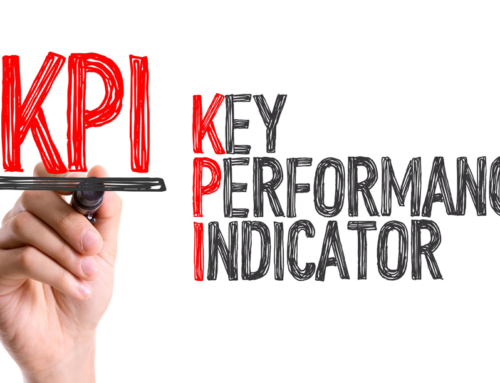If you follow tech blogs like TechCrunch or Venture Beat, you’ve probably been reading a great deal about Chat Bots and the explosive growth of these bots on messaging platforms like Facebook Messenger, KiK and WhatsApp. In fact, since the Facebook F8 conference this spring, the tech community, and tech investor community, have been buzzing about chat bots.
 But whats the big deal? Well, there were only 1 BILLION active users on Facebook Messenger in July. So if the rule of marketing is to market where your market is, well then it’s hard to dismiss the appeal of messaging platforms and the promise of automating consumer engagement and communications with chat bots.
But whats the big deal? Well, there were only 1 BILLION active users on Facebook Messenger in July. So if the rule of marketing is to market where your market is, well then it’s hard to dismiss the appeal of messaging platforms and the promise of automating consumer engagement and communications with chat bots.
The possibilities and promise of in-Chat commerce and conversational commerce has been referred to as the Next Big Thing of 2016 and it’s been proposed that chatbots will actually replace apps for some applications.
A large part of this is that bots are providing something that websites and mobile apps cannot. Bots have the ability to “learn” as people engage with them. They learn and get better through engagement. This, in turn, allows the bot to improve itself, the quality of the consumer engagement and the value it can provide to a user. Think about it, in many cases, a website is simply a repository of information. When a potential customer seeks information, they conduct a search, view the search results, choose what appears to be the best source(s) of the information they’re looking for and then use a website to consume that information.
But, what happens when an intelligent bot enters the picture and the consumer simply asks the bot the same question and the bot provides the information the potential customer wants or needs and they didn’t even need to leave the native messaging app that they’re already using and spending their time on? Well, I would call that a shift of epic proportions. Goodbye to SEO and all the other things we do as marketers to make our content discover-able.
A few things are driving the bot revolution. Bots have the ability to learn using A.I (artificial intelligence) and NLP (neuro-linguistic processing) and the ability to offer this experience on a channel, like messaging apps, that already have very heavy usage.
However, the expansion of bots and their capabilities has been a progression, although it’s been a rapid progression.
The first variations of bots only had the ability to answer questions. This worked well if you wanted to program a chat bot to answer common questions like those found in a website FAQ. Maybe to answer common questions about a your product. This alone would be a far better user experience than filling out the good old “contact us” form and wait for a response.
However, this is a far cry from conversational commerce where a customer could ask questions about your product and then purchase the product from within the chat. Or the ability of the bot to recommend products based on a series of questions and responses. Up to this point, bots were not able to provide a complete eCommerce solution. While they could be programmed to provide product recommendations, the best that could be done would be to then provide a link to the website where the transaction could be completed because bots did not have payment integrations. The user would then, in many cases, be given a link that then takes them to a non-mobile friendly checkout process.
But 2016, so far, has been a year of nonstop announcements and just when you catch your breath, something new gets announced. Reminds me of the kids game Red Light, Green Light.
So, it’s now been announced that the payment processing capabilities are in beta for the US only in addition to other tighter integrations. While no timeline has been announced for full roll-out of payment processing in chat, I would suspect that we’ll see it in time for this holiday season.
The chat bot environment and marketplace today, has been compared to the mobile app market back in 2007/08. Some of the challenges for bots was their lack of discover-ability. It’s one thing to have a bot, but if nobody knows about it, it wouldn’t be a very valuable asset. I’d asked a few of the bigger players in social media circles if they were aware of any solutions in the works. An active advertiser on Facebook is familiar with the wide assortment of ad types and objectives available. However, there was not a way to send traffic, via an ad on Facebook, to your Messenger bot.
Well, fear not, that appears to also be in the works for the near future.
Chat bots that learn over time, a messenger user base of over 1 billion and the possibilities of conversational commerce is likely to be a big disruption to much of what we think about when it comes to eCommerce, inbound/content marketing, lead acquisition and lead nurturing. While much of this may be difficult to grasp based on a single blog post, you do have the option to contact us and we can have a conversation about what all this could and would mean for your business be it a B2B or B2C. The bot revolution is well underway in 2016 and we’re here to help you better understand and plan for a voyage on these uncharted waters.
The LTR Digital Sherpa

 by
by 